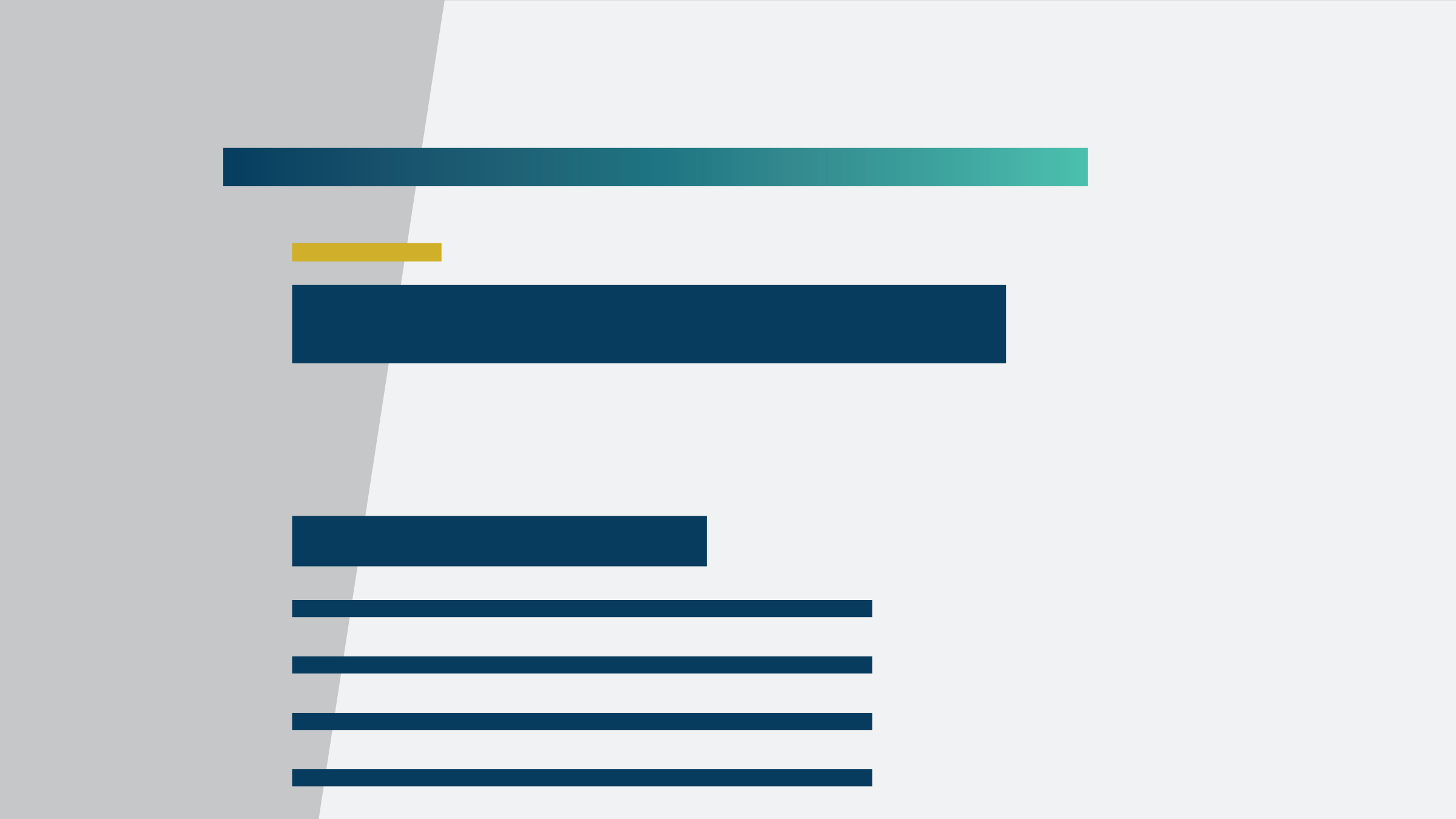Technology Diffusion and Growth
Abstract
Suppose firms are subject to decreasing returns and permanent idiosyncratic productivity shocks. Suppose also firms can only stay in business by continuously paying a fixed cost. New firms can enter. Firms with a history of relatively good productivity shocks tend to survive and others are forced to exit. This paper identifies assumptions about entry that guarantee a stationary firm size distribution and lead to balanced growth. The range of technology diffusion mechanisms that can be considered is greatly expanded relative to previous work. High entry costs slow down the selection process and imply slow aggregate growth. They also push the firm size distribution in the direction of Zipf’s law.
Published in: _Journal of Economic Theory_ (Vol. 147, No. 2, March 2012, pp. 602-622), https://doi.org/10.1016/j.jet.2011.02.003.



